History of our civilisation is likely to be written all over again at Rakhigarhi near Hisar in the state of Haryana. With the discovery of two new mounds in 2014, adding to the seven already excavated, Rakhigarhi has become the largest known site of the Harappan or Indus Valley Civilisation, overtaking the well-known location of Mohenjo-daro in Pakistan. In fact, archaeologists believe that the beginning of the Harappan Civilisation took place in the Ghaggar basin in Haryana and spread slowly to the Indus Valley.
It was in 1963 that Rakhigarhi first appeared on the archaeologists’s map when it was identified to have the remains of the Indus Valley Civilisation. It was in 1997 that the Archaeological Survey of India (ASI) took the mounds under its protection and followed it up with excavations between 1998 and 2001 to reveal a city larger than Mohenjodaro and Harappa. Archaeologists also found numerous artefacts, some around 5,000 years old.
“Rakhigarhi was occupied during early Harappan times as we have found evidence of paved roads, drainage system, large rainwater collection, storage system, terracotta bricks, statue production and skilled working of bronze as well as precious metals. Jewellery, including bangles made the terracotta, conch shells, gold and semi precious stones, has also been found. In fact, the site lies at the centre of the Ghaggar basin, the Harappan civilisation’s (2600-1900 BC) most densely populated region,” shares Professor Vasant Shinde, senior archaeologist heading the excavations at Rakhigarhi.
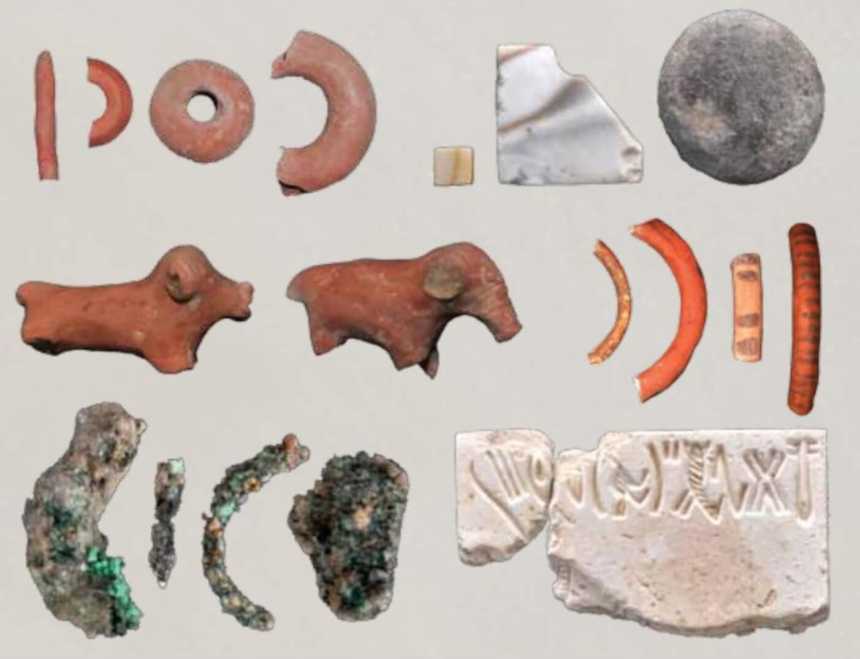
In 2014, two new mounds, spread over 25 hectares each, were excavated, taking the total area to 350 hectares. In terms of size, dimension, strategic location and significance of the settlement, Rakhigarhi exceeds Harappa and Mohenjo-daro. Till this time, experts believed Mohenjo-daro was the largest among the 2,000 Harappan sites known to exist in India, Pakistan and Afghanistan. In fact, Rakhigarhi is the only site which has the remains of early, mature and late phase of Indus Valley Civilisation at the same place.
Incidentally, Rakhigarhi is one of the few Harappan sites which has an unbroken history of settlement – early Harappan farming communities from 6000 to 4500 BC, early mature Harappan urbanisation phase between 4500 and 3000 BC and then mature Harappan era from 3000 BC to its mysterious collapse around 1800 BC.
“The main mound at Rakhigarhi, which appears to be the citadel part, is under the modern villages of Rakhi Khas and Rakhi Shahpur. Excavations carried out in the index trenches (excavated by ASI in 1999) have revealed mature Harappan phase,” puts in Prof Shinde.
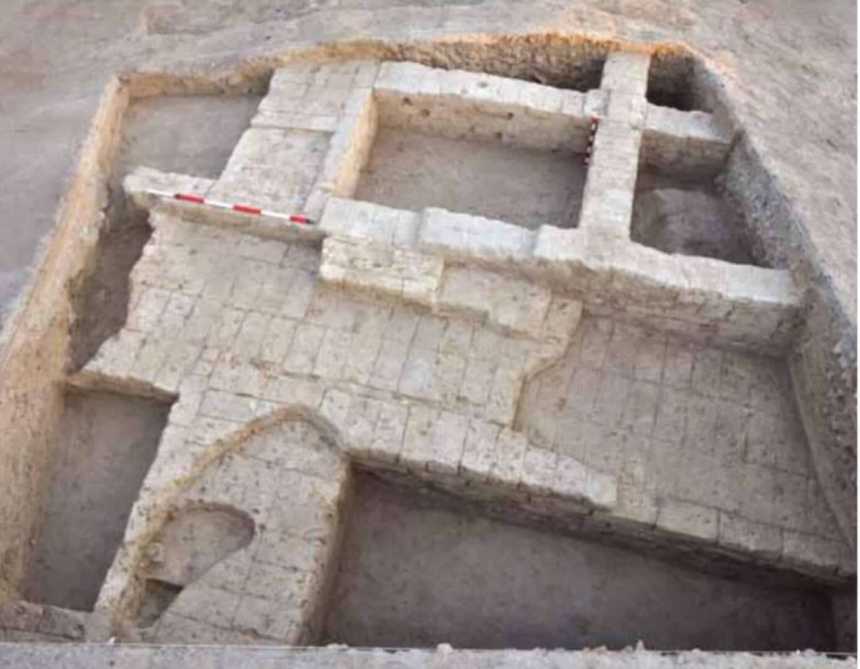
Pottery recovered from all the five excavated trenches have mature Harappan features including plain and painted red ware, perforated ware, red slipped ware, black-on-red rusticated red ware, mud appliqué red ware, cream slipped ware, grey ware, bi-chrome ware, chocolate slipped ware and reserve slip ware.
“There is not late Harappan phase in this part of mound. Since we have not dug till lower levels, there is no information about the cultural sequence below the mature Harappan deposits,” reveals Prof Shinde.
Excavations have revealed existence of a well-planned city with 1.92 m wide roads, slightly wider than Kalibangan though pottery is quite similar to Kalibangan and Banawali. While Kalibanagan was located on the southern banks of River Ghaggar, Banawali, belonging to the Indus Valley Civilization period, was situated 120 km to its northeast.
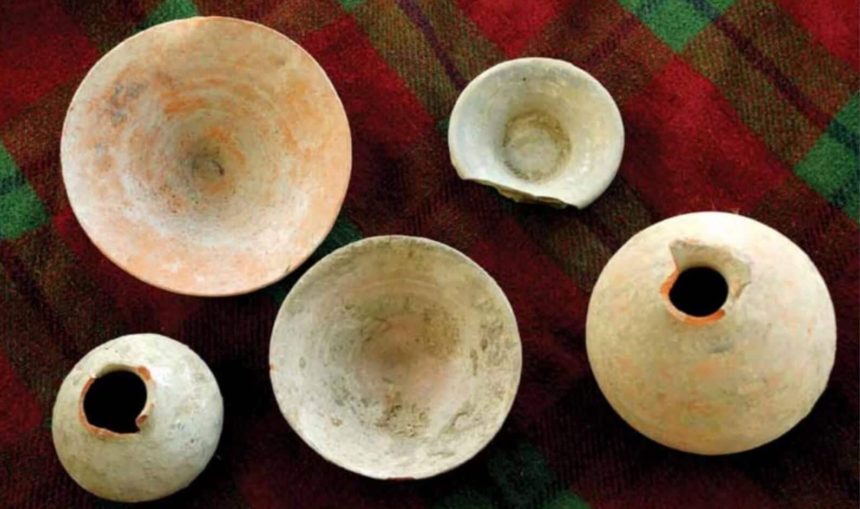
Also excavated were pits surrounded by walls, believed to be used for sacrificial or religious ceremonies and brick-lined drains to handle sewage flow. Terracotta statues, weights, bronze artefacts, comb, copper fish hooks, needles and terracotta seals were also found as was a bronze vessel decorated with gold and silver.
A gold foundry, with about 3,000 unpolished semi-precious stones, was unearthed here with a number of tools used for polishing stones and a furnace. A burial site, with 11 skeletons with their heads in the north direction, was dug out too. Utensils for everyday use were kept near their heads. Three female skeletons had shell bangles and a gold armlet was found near one. Semi-precious stones were found too, showing they were part of a necklace.
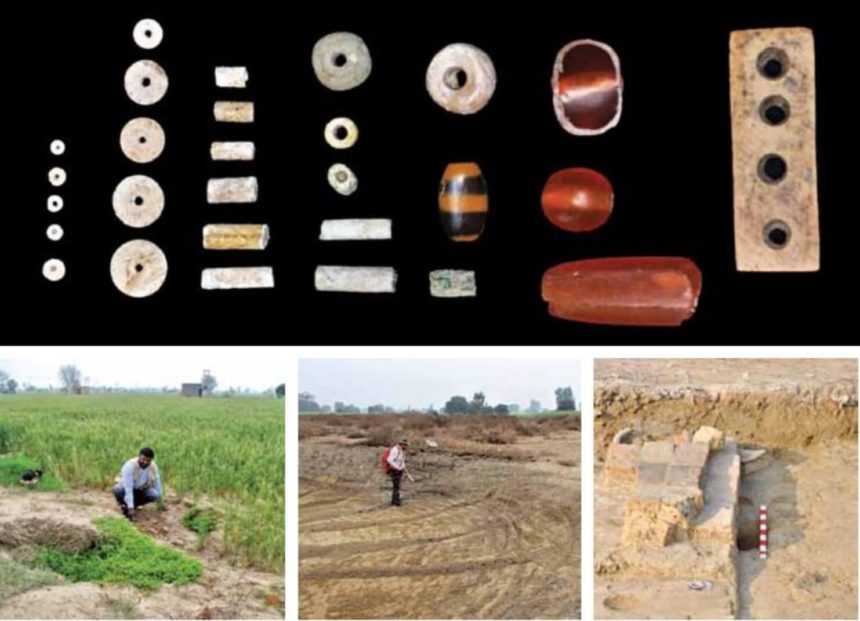
An impressive number of stamps seals were found at the site that also had thick deposits Hakra Ware (typical of settlements dating back before the early phases of Indus Valley and dried up Sarasvati River Valley).
It also had early and mature Harappan artefacts. The Hakra and the early phases are separated by over 500-600 years. Hakra people are considered to be the earliest Indus inhabitants.
A granary, made up of mud bricks with a floor of ramped earth plastered with mud, belonging to mature Harappan phase (2600 BCE to 2000 BCE) with seven rectangular or square chambers was found here too.
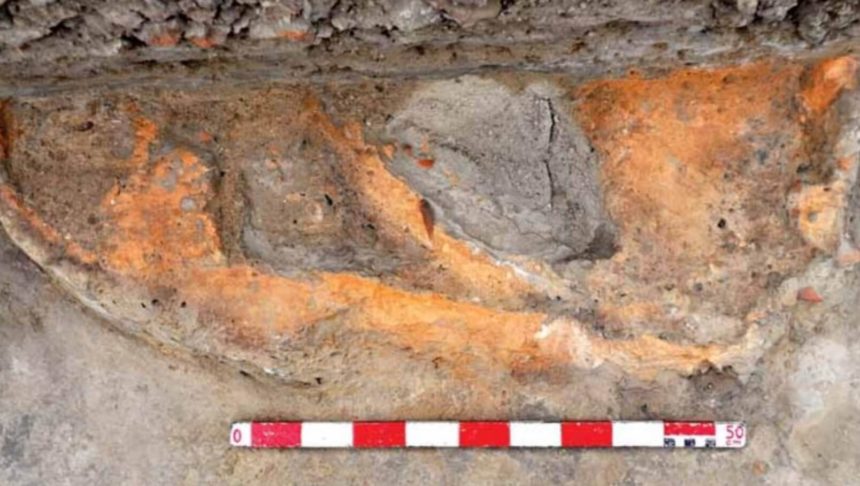
Significant traces of lime and decomposed grass were located on the lower portion of granary wall, indicating it could have been be a storehouse of grains with lime used as insecticide and grass used to prevent entry of moisture.
A cemetery, with eight graves, of mature Harappan period was discovered. Often brick covered grave pits had wooden coffin in one case. Different type of grave pits were undercut to form an earthen overhang and body was placed below this. The top of grave was filled with bricks to form a roof structure over it.


